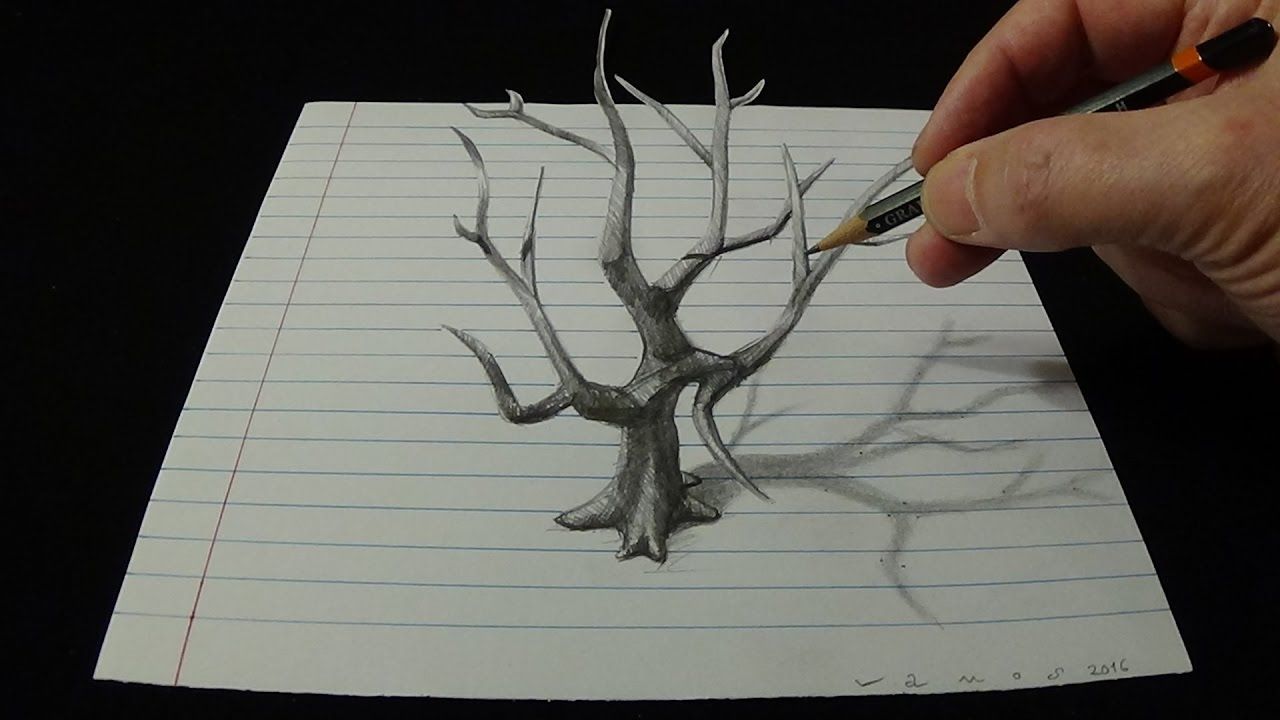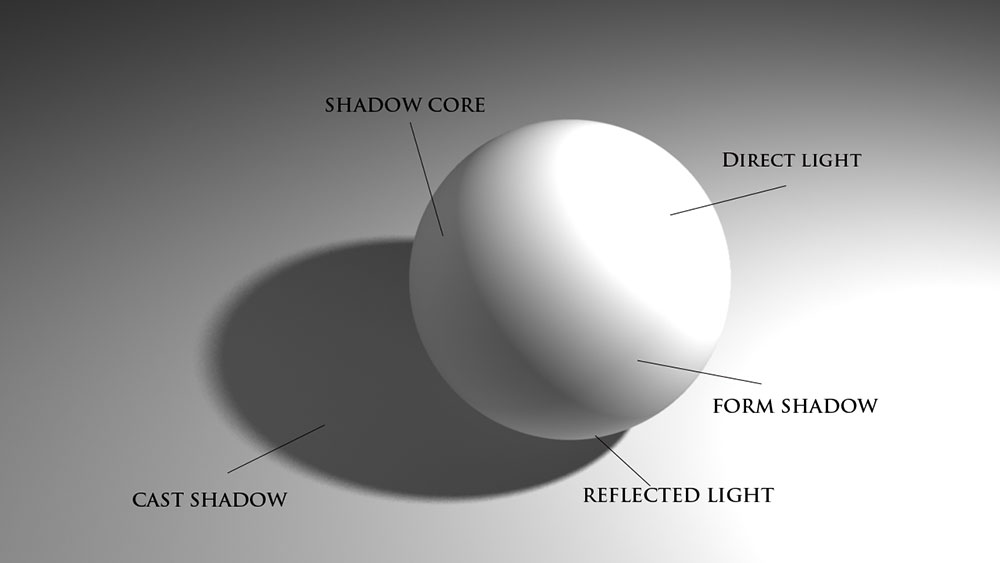Advertisement
Shadows aren’t just dark shapes on the wall—they’re the soul of light, telling tales of form, depth, and perspective. Dive into the essence of reality’s contrast with me. Together, we unravel the mystery of capturing authenticity on a blank canvas.
Immersing yourself in tutorials on how to draw shadows is more than a lesson; it’s an expedition into the art of illumination and shading techniques.
By journey’s end, not only will your sketches pulse with life, but your eyes will also decode the whispers of light and darkness around you.
Expect transformation. Through this guide, you’ll grasp the nuances of light source, the subtleties of value and tone, and the dance between 3D drawing tips and artistic shadow effects.
We’re going beyond mere outlines; we’re sculpting images that leap off the page.
Ready your pencil. It’s time to redefine the way you sketch, as we delve into visual arts tutorials designed to empower your artistic journey. Let’s etch a path to creative enlightenment, shall we?
How to draw shadows
Drawing and Painting Cast Shadows Using Perspective
In this tutorial, you can find how to draw shadows using perspective.
Shading and Blending tutorial
A simple tutorial that gives all the details you need to know about shading and blending. Jump on it and learn this cool technique.
How to Drop a Shadow on an Object or Person in Photoshop
If you know how to use photoshop this tutorial is going to be really useful especially if you were looking for something that speaks about drawing the shadow. Just watch all the steps and you will be able to create your own shadow.
How to Use Shadows and Shading in Comics / Cartoons Drawing Lesson
This is a cool tutorial that artists interested in comics or cartoons should definitely give it a try.
How to Draw a Shadow of objects
Discover the difference between natural shadow an artificial shadow. Any artist that wants to discover more should give this tutorial a try and see the impact shadow drawing can have.
How to Draw a Shadow step by step
Check this step-by-step tutorial and discover how to draw cool-shaded objects.
How to Shade and Add Shadows to Cartoon Characters and Objects Tutorial
In this guide understanding shadow drawing can be done if all steps are followed. Discover how shadows react to the position of a light source and how you can change your drawings by using these rules.
A Beginners Guide to Light & Shadow : Part 1
Discover this tutorial and how to draw shadows using the information given. It’s a great way for beginners to start and learn the techniques and make their drawings more realistic.
How to Draw with Realistic Shading
A basic tutorial that shows the less experienced artist how to make shadows realistically is this one. Just give it a try and see for yourself.
Drawing shadows
Any artist that wants to progress and improve his craft should be able to draw shadows. If we speak about 3-D drawing you will need to understand geometry and shapes. It’s not that hard and this guide will show you how.
How to Shade a Drawing (Light & Shadow : Part 2 of 3)
This tutorial continues to go deeper into the subject of shadows and light. It gets a bit harder but with practice, anybody can learn it entirely.
How to Shade Drawings
Shading is important in any drawing because it makes it more realistic. Not only that but it also adds depth, contrast and helps any viewer to focus on your art.
How to Make Shadow Drawings

Start learning more about how to draw shadows with this tutorial. It doesn’t matter if you are just starting out or you already know the basics it will be useful for sure.
How to Draw and Shade With Pencil

A lot of artist’s sketch drawings and then add color to them. A popular way to draw is without erasing the sketch. If you want to learn how to do that just check this tutorial because it is going to show you how to do it. This is just one method that can be added to your skills so why not give it a try?
How to Add Shadows Using Photoshop
If you want to add shadows to your photos you will need software to do that. Photoshop is the solution and with this tutorial, you will find out how to do that. Just invest some time and see what cool new techniques you can discover.
3 Dimensional Drawing Techniques

If you want to learn how to draw shadows this tutorial puts a lot of focus on shading and perspective.
How to Create Perfect Shadows in Photoshop
Another simple tutorial for photoshop where you understand better how shadows can be created. Understand how shadow and light work together and get better drawings.
HOW TO ADD SHADOWS TO YOUR LETTERING (5 AWESOME WAYS)
In this tutorial, you will understand all that is needed regarding shadows and lettering. Check all the steps and you will understand how to do it yourself.
Tips for drawing shadows:
- Don’t rush and start light
- Keep your hand firmly, avoid too much pressure
- Draw an outline first to get the shape of your image
- Keep the pencil sideways so that the greatest area of the tip will be in contact with the paper
- Use a light blender or paper stump to reduce the appearance of pencil strokes
FAQ On Tutorials On How To Draw Shadows
What’s the key to drawing realistic shadows?
Get this: it’s all about grasping the relationship between light source and the object. Picture where the light’s hitting and where it’s obstructed.
Shadows aren’t just black spaces; they’re filled with reflected light and shading nuances. Blend, don’t just darken, to make it pop with depth.
How do I determine the right shadow angle?
Check it out—your shadow’s angle matches the light’s angle. Use imaginary lines from your light source to your object’s touchpoints.
Where these lines intersect the ground, yeah, that’s where your shadow lands. It challenges your perspective shadow drawing, but once you nail it, it clicks.
Can I learn to draw shadows without attending an art class?
Absolutely. Dive into online art courses or snag some how-to-draw books. With art tutorial videos all over the web, self-teaching has never been easier. Practice consistently, though, ’cause that hands-on work transforms theory into second nature.
Do I need special tools to draw shadows?
Not really, a standard pencil and sketchbook should kick things off. But hey, grab a blending stump or some charcoal, and you elevate your game. Tools can extend your range, letting you push those artistic shadow effects to a new level.
What’s the biggest mistake beginners make when drawing shadows?
Here’s the deal—most beginners go overboard, turning shadows into dark patches. They miss subtle light physics cues. Shadows have layers, vibrancy, hints of surrounding color. Start light, build your way up—texturing from gentle to intense for that depth perception.
Is understanding anatomy important for shadow drawing?
You know it. Drawing credible shadows on any figure drawing hinges on knowing that anatomy. If you’re sketching a limb, seeing the bones and muscles in your mind helps cast realistic shadows. Artistic anatomy starts to make real sense when shadows hit the paper.
How can shadow drawing improve my overall art skills?
Talk about upping your artistry—mastering shadows teaches you to see differently. It’s a crash course in light physics, contrast, and composition. Your sketchbook becomes a lab where you experiment, leading to a robust fine arts skill set.
What about colored shadows? Are they different from drawing black and white shadows?
Oh, for sure. Colored shadows play with the ambient hues reflecting on them. Rather than reaching for the black or gray, infuse shadows with bits of complementary colors. It’s a game-changer, showcasing how light alters perceptions of artistic style and expression.
How can I ensure my shadow looks connected to the object?
Consistency is your friend. Shadows aren’t isolated; they conform to the object’s shape and contour. Want seamless integration? Picture the object and its shadow as a single visual arts piece. Like twins, distinct but undeniably part of the same family.
How does shadow drawing apply to digital art?
Digital’s a whole other beast, but the principles? Solid as ever. Software tools enable insane shading techniques and easy tweaks.
With a drawing tablet, you’ve got unlimited undos to nail those artistic shadow effects. Goes to show, traditional meets tech, and voilà—magic!
Conclusion
Let’s wrap this up, shall we? We’ve journeyed through the chiaroscuro-laden valleys of tutorials on how to draw shadows, unraveling techniques that breathe life into flat images. A sketch without a shadow? Unthinkable. It’s that contrast, that beautiful play of light that tells a story—and you’re now equipped to spin that tale.
Empowered with pencil shading tutorials, you’ve transcended from flat to phantasmal depths without booking a single art class. Highlighting techniques, those gentle whispers of light source truths, they’re all a bit clearer now, aren’t they?
You’ve now got some arsenal in your artist’s toolkit: the stealth to sneak up on a wayward spherical shading problem, the swagger to swipe smooth gradients on digital art platforms, and the savvy to sprinkle artistic shadow effects like a pro.
Remember, art’s a marathon, not a sprint. Flex those creative muscles, keep the pencils dancing, and let those shadows fall where they may. Keep sketching, keep learning—keep creating your magic.
If you enjoyed reading this article about how to draw shadows, you should read these as well:
- Drawing books for artists and beginners alike: Pick one from these
- Mass Effect concept art that deserves your attention
- Zootopia concept art: Fun and quirky illustrations
- How To Draw Yoshi: 24 Easy To Follow Tutorials - January 4, 2024
- How to draw Naruto with step by step drawing tutorials - January 4, 2024
- How To Draw A Sunflower: Tutorials To Learn From - November 20, 2023
















